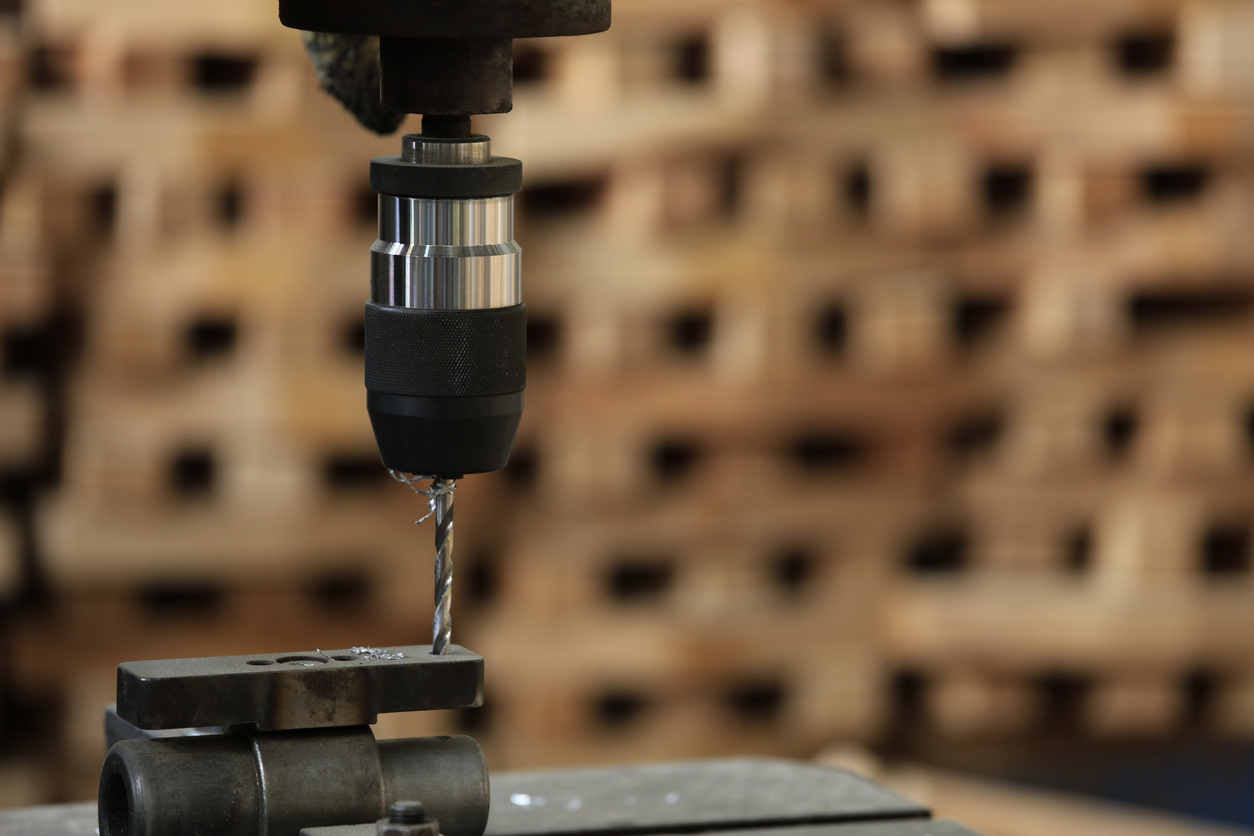Introduction to Drill Press Functions
The drill press is a quintessential tool in machining and manufacturing. Understanding what processes are commonly performed on a drill press in addition to drilling is essential for both seasoned professionals and newcomers in the industry. This article delves into the various functionalities beyond mere drilling, approved and optimized, that make the drill press a versatile machine.

Reaming: Enhancing Hole Quality
Reaming is a process that involves enlarging an existing hole to a precise size using a reamer. This is one of the tremendous processes approved for use on a drill press, providing a smooth finish and enhanced dimensional accuracy.
Countersinking: Preparing for Fasteners
Countersinking allows for the creation of a conical hole, designed to accommodate the head of a countersunk screw or fastener. This process is crucial in ensuring that fasteners sit flush with the surface of the material.
Counterboring: Seating Bolts and Screws
Similar to countersinking but for flattened bolts and screws, counterboring involves creating a cylindrical recess. This allows for the bolt or screw to sit below or flush with the surface of the material.
Tapping: Internal Threads Made Easy
Tapping involves cutting threads inside a hole, enabling the insertion of screws or bolts. Using a tap in a drill press ensures alignment and consistency, making it a commonly performed process on this machine.
Spot Facing: Surface Preparation
Spot facing is the process of machining a flat, smooth surface around a hole to ensure a proper mating surface for bolts or washers. This technique is vital for achieving high-quality assembly and functionality.
Boring: Precision Enlargements
Boring is the process of enlarging a hole with a single-point cutting tool. It is typically used to achieve greater accuracy of the hole’s size and concentricity.
Broaching: Cutting Keyways
Broaching involves using a toothed tool to remove material, creating grooves or splines. In a drill press setting, broaching is often used to create keyways in gears or pulleys.
Drilling Angled Holes
While drilling straight holes is a primary function, the drill press can also be used to drill angled holes. With the use of jigs and fixtures, precise angled drilling is achievable and essential in various applications.
Using Hole Saws: Large-Diameter Holes
Hole saws are used to cut large-diameter holes efficiently. The drill press provides the stability and precision needed to use hole saws effectively, making this process straightforward and reliable.
Installing Inserts: Threaded Stability
Inserting metal or plastic inserts into pre-drilled holes can enhance the durability and wear resistance of threads. The drill press ensures the inserts are aligned and seated correctly.
Deburring: Finishing Touch
Deburring involves the removal of sharp edges or burrs from drilled holes. Using a drill press for deburring ensures a smooth, clean surface, reducing the risk of injury and improving assembly quality.
Riveting
Riveting is a process of joining materials with the use of rivets. A drill press can aid in aligning and setting rivets accurately, ensuring strong and uniform connections.
Polishing and Buffing
While not a primary function, a drill press can be adapted for polishing and buffing surfaces. With the use of appropriate attachments, achieving a smooth and glossy finish on materials is possible.
Engraving
Engraving involves carving designs or texts onto a material surface. A drill press equipped with a suitable engraving tool can perform this task with high precision.

FAQs
What is the primary purpose of a drill press?
The primary purpose of a drill press is to drill precise and uniform holes in various materials, including metal, wood, and plastic.
Can a drill press be used for milling?
While a drill press is not designed for milling, it can perform light milling tasks with some limitations. However, a dedicated milling machine is recommended for such operations.
How can I ensure safety while using a drill press for various processes?
Ensuring safety involves using appropriate protective equipment, understanding the machine’s capabilities, and following proper operating procedures. For detailed guidance, refer to drill press safety guidelines.
For further learning on related processes, you may find resources on semiconductor wafer polishing and paint and coating inspection beneficial.
Conclusion
Understanding what processes are commonly performed on a drill press in addition to drilling broadens the scope of its application in the machining and manufacturing industry. From reaming and countersinking to polishing and engraving, the functionalities of a drill press are vast and invaluable. With proper knowledge and tool usage, one can maximize the potential of a drill press, ensuring precision and efficiency in various tasks.